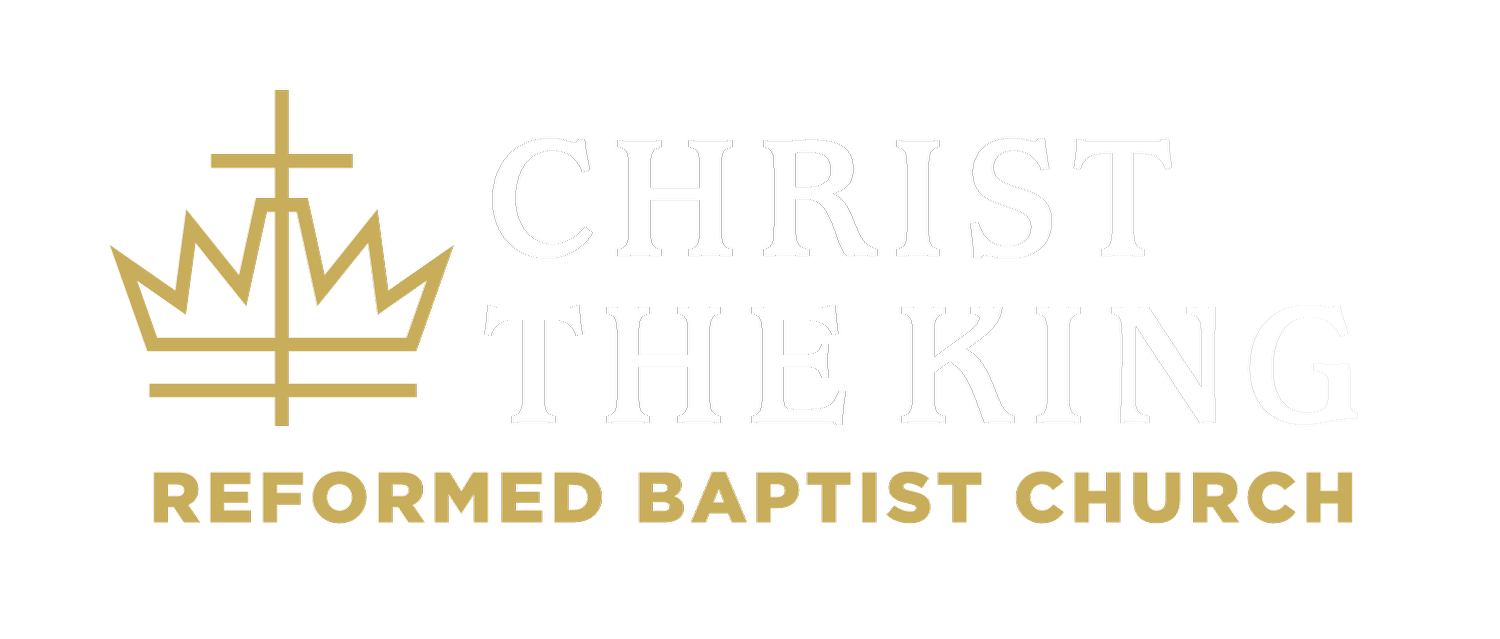Christ, The Destroyer of Death
Living on the Precipice
During World War II, at a moment when the reality of death was most visceral, C.S. Lewis spoke to the student body at Oxford University, and he said, “The war creates no absolutely new situation: it simply aggravates the permanent human situation so that we can no longer ignore it. Human life has always been lived on the edge of a precipice” [1]. Peace treaties and police officers may prevent us from killing ourselves. Medicine, diet, and exercise may slow it down. But no matter how safe and healthy we think we are, we are always living on the edge of a precipice. It’s as if, the moment we’re born, we’ve all entered hospice. The countdown timer has been set. Death is the unstoppable conqueror of our age. No one can prevent the onslaught of this enemy. Nothing is more universal, more unstoppable, more permanent than Death. Who, then, can battle such an enemy?
The Corinthians faced this same problem. The delay in their bodily resurrection seemed to prove that the power of Death is permanent and final—that Death has the ultimate victory. “Paul, how can you say there is a bodily resurrection of believers when we still face the continuing and abiding power of Death? Ok. Christ was raised from the dead. But we still physically die. And we don’t only experience death, we stay dead. It only took Christ 3 days to rise. But Paul—my mother has been dead for 3 years.”
The present abiding power of death, as exemplified in our decaying corpses, seems to prove that death is the unconquerable foe. But Paul corrects this erroneous thinking in a surprising way. We typically think that the solution to death is Christ’s resurrection. But here, we see the solution to death in Christ’s kingship and reign, that death is dealt with by divine violence.
The Timeline
First, notice the timeline in v. 23. “But each [resurrection] in his own order: Christ the first fruits, after that those who are Christ’s at His coming.” There is a specific sequence of events. On the one hand, this chain of events has already begun with Christ as first fruits. Christ has already been resurrected. But on the other hand, our resurrection has not yet arrived. It happens only after Christ’s resurrection. While inseparably connected, both resurrections are meant to occur as two separate episodes. So, in v. 24, Paul says, “Then comes the end.” The end goal does not arrive until we have been resurrected. Only then will Christ “hand over the kingdom to the God and Father.” While Christ’s kingdom is present, and he is reigning right now, the kingdom, in its fullness and completeness, has not yet arrived. There is still a sense of progress. There is still a future goal to be met in his kingdom.
The Triumph
Notice that the fulfillment of Christ’s kingdom won’t arrive until he meets certain conditions. Paul says in v. 24, “[The fulfillment of his kingdom happens only] when He has abolished all rule and all authority and power.” Likewise, in v. 25, “He must reign until He has put all His enemies under His feet.” Christ is reigning now but has not yet put all enemies under his feet. But there will be a time in the future when he will put all his enemies under his feet. Only then will his kingdom come to its fullness. The implication is that Christ’s present exalted kingship has a goal. There is active military progress. Right now, Christ is on a mission to subdue his enemies until he has put all his enemies under his feet, until they are all destroyed.
In other words, Christ is not reclining on a La-Z-Boy, just resting his eyes. Christ is marching forward, making warfare against all his enemies—all supra-human,spiritual, and invisible enemies—what Geerhardus Vos calls “super-terrestrial”[2] enemies unobservable by men, all cosmic powers that operate in and behind the corruption and sin of this world. Christ is on an active military campaign until not a single voice can say “No!” to his sovereign reign.
So then, what does Christ’s military reign have to do with death? Notice how comprehensive Paul is in vv. 24-25: all rule, all authority and power, all enemies. So consider the logic:
(1) If all enemies will be destroyed by Christ
(2) And if death is an enemy [Paul’s hidden premise]
(3) Then it follows that death will also be destroyed by Christ
Death is no exception to Christ’s sovereign rule. Christ is not content with half-measures. Christ will not let any enemy have the final word.
Therefore, the delay of our resurrection is not a permanent state of affairs. Our condition in the state of bodily death as corpses is not permanent. Why? Because the reign of Death is not permanent. There’s a doomsday clock set for death. Death has a deadline. Death is living on borrowed time. Why? Because if our exalted Christ is doing battle on behalf of the Father for us, there will be no successful evacuation plan, no counter flank, and no peace treaty for death. Nothing will stop Christ from kicking down the door of death and putting his boot on its neck. Death—our greatest enemy—is a pathetic imp against Christ. The first enemy unleashed through Adam’s sin will be the last enemy destroyed. Because of Christ, Death is living on a precipice.
When death looks at you and tells you, nothing is more unstoppable and more permanent than me, may you respond, nothing is more unstoppable and permanent than Christ. He will destroy you.
C. S. Lewis, “Learning in War-Time,” in The Weight of Glory (New York: Harper Collins, 2001), 49.
Geerhardus Vos, The Pauline Eschatology (Phillipsburg, NJ: P&R Publishing, 1994), 91.

